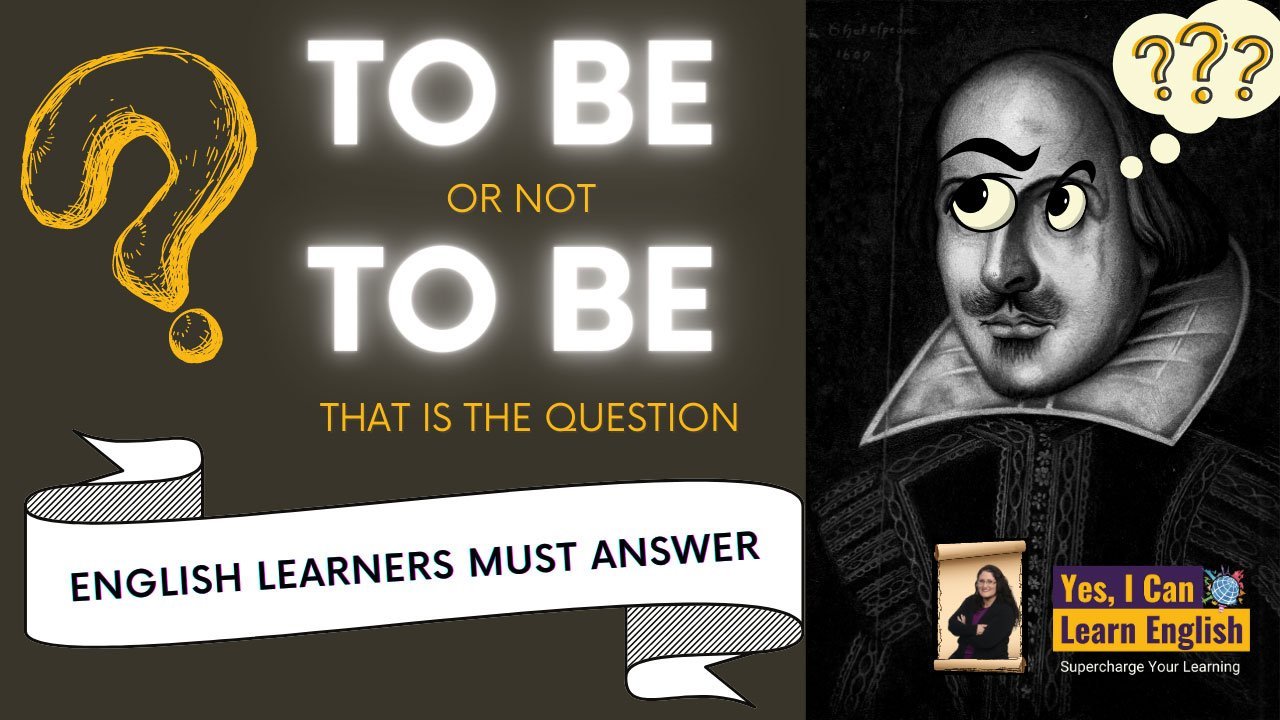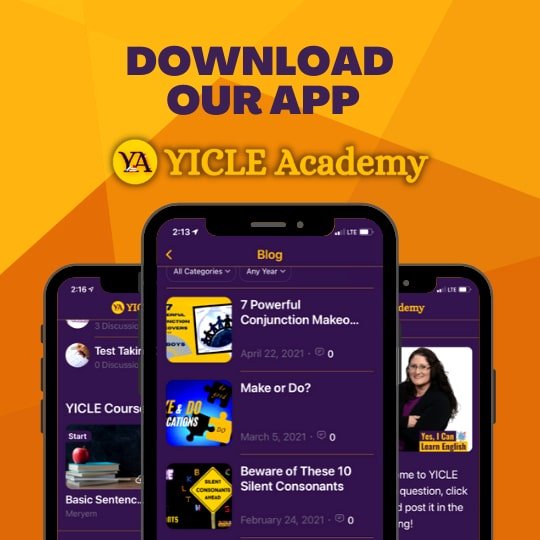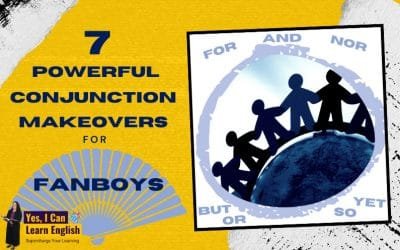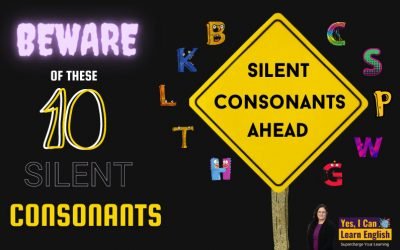
Check out my video below.
Meet the Many Faces of the Verb “to Be”
“To be or not to be, that is the question.” I have uttered this sentence in amusement and frustration in my teaching whenever I met the blank looks from my students.
By the way, I am using this famous statement from “Hamlet” by Shakespeare to refer to the verb “to be”!
This is the first verb English learners meet either when they learn the questions “How are you?” or “What is this?”
That was my experience as a student in Turkey. It was somewhat easy when I just had to memorize these sentences. Later I had to learn all the forms of it in the simple present tense. We would recite or write over and over the grammar rule:
I am
He/She/It is
We/You/ They are
It was easy so far, but it was when we were introduced to the past, perfect, future, and modal forms of the verb that my struggles started. Now I had to identify where I had to use the many forms of “to be.”
Just to give you an idea of what this looks like, here is a partial list of the “faces” of the verb: am, is, are, was, were, has been, have been, had been, will be, will have been, might be, might have been, etc. You get the idea!
As a teacher for almost three decades, I have observed the same confused, incredulous, frustrated, are-you-kidding-me looks from my students.
As you can see learning English can be frustrating; it is easy to want to give up or not care about the correct use of the verb, but it is not so complicated as I show in my video.
Once I figured out the logic behind the verb, I was able to explain the various forms to my students in a simpler way.
Now I am excited to clarify the verb “to be” once and for all. I invite the learners of English to join me in solving the mystery of the verb “to be” together in my video, “To Be or Not to Be: That Is the Question English Learners Must Answer.”
I hope this video will be a guide to any learner of English whenever confusion sets in when faced with many uses of the verb “to be.”
The Video
I am excited to clarify the verb “to be” for you once and for all in this video. This verb was hard for me when I was learning English, and my students had problems with it, too. Let’s solve the mystery of the verb “to be” together.
I hope this video will be your guide when you get confused again with many faces of the verb to be.









0 Comments